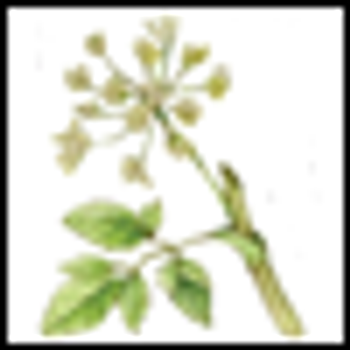
Dong quai is a perennial herb native to China, Japan and Korea; its root has been used for thousands of years as medicine.

Your AI-Trained Oncology Knowledge Connection!


Dong quai is a perennial herb native to China, Japan and Korea; its root has been used for thousands of years as medicine.

To provide quality healthcare, communication is vital. Using an EHR, physicians can more easily communicate regarding current and past medical conditions with other providers in their practice, with referring or co-managing physicians, and with patients themselves.

In their article, Patrone et al utilize a modified version of Collins’ law to estimate the age of breast, lung, and colorectal cancers. Collins’ law, which states that the period of risk for recurrence of a tumor is equal to the age of the patient at diagnosis plus 9 months, has been applied primarily to pediatric tumors, in particular embryonal tumors.[1,2] The results from the application of Collins’ law to these tumors have been reasonable, although exceptions have been reported and the law is not applicable to all cancers.[3,4] Its utilization in adults in the manner used in this paper is therefore unique.

Exciting advances in understanding the biology of lung cancer have occurred over the last few years.

The cancer stem cell (CSC) theory was first proposed to explain the fact that only a small proportion of leukemia or solid tumor cells have the capacity to induce growing tumors in immunodeficient mice.[1,2]

The brief review by Federici et al in the current issue of this journal is a cogent restatement of an argument that has accompanied the cancer stem cell (CSC) hypothesis almost from its inception.

The authors of “How Long Have I Had My Cancer, Doctor?” have addressed a question often contemplated by patients when they receive a diagnosis of cancer.

The choices that patients and clinicians make when dealing with cancer are dictated by time, whether they are arranging for screening mammography and colonoscopy, compiling treatment plans, or determining follow-up intervals and the age of freedom from follow-up.

The publication of the landmark paper by Al-Hajj et al, which demonstrated that breast cancer cells capable of tumor outgrowth when transplanted into the cleared mammary fatpad of immunocompromised mice could be prospectively identified using cell surface markers,[1] galvanized the cancer stem cell debate among breast cancer researchers and launched an exponential increase in papers exploring “breast cancer stem cells.”

Ganti and colleagues have provided a comprehensive overview on recent presentations involving lung cancer.

Ganti et al have described the most recent negative lung cancer chemoprevention trial, which compared selenium to placebo.